What is an observation?
Information we gather using our 5 senses: see, hear, touch, taste, smell
What type of volcano is this?
-Gentle slopes
-Slow oozing eruptions
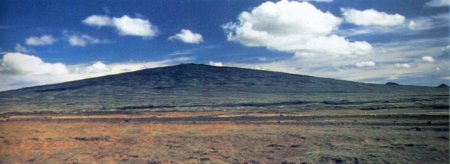
Shield volcano
Remember:
-The Hawaiian islands are shield volcanos. Mauna Loa on the Big Island is still erupting!
During the long cold winter months, animals who cannot travel far distances have adapted by going into a sleep like state in order to save energy and survive.
Hibernation
What types of materials are conductors?
Remember: Conductors are materials that electricity can easily pass through?
Metal or water
Draw an arrow showing which way earth's gravity is pulling each person.
All arrows should be pointing from the person towards the center of the earth.
We make inferences by using our observations to make an educated guess about something.
Where on the map would we encounter the most earthquakes and volcanos?

All possible answers:
-On the edges of the tectonic plates.
-Where one tectonic plate meets another tectonic plate.
-Tectonic plate boundaries.
Remember:
Where tectonic plates meet, there is a lot of rubbing or separation. This causes earthquakes and holes for lava to come through.
What is it called when animals travel far distances to escape the cold winter months, find better food sources, or to breed (make babies).
Migration

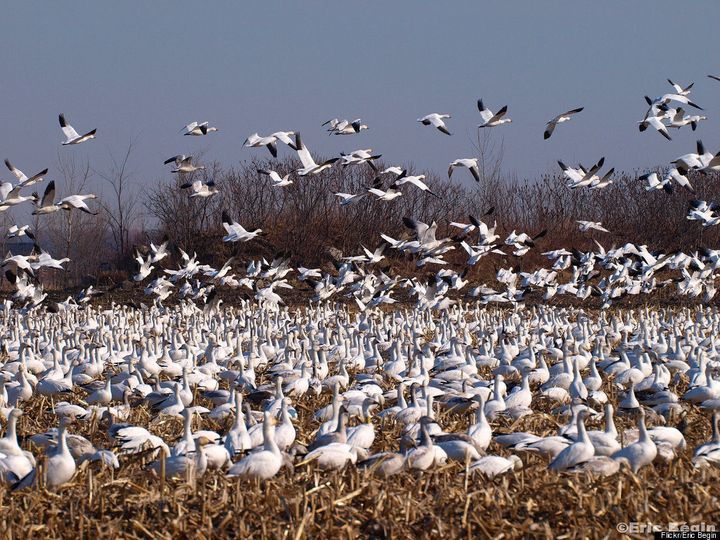
List at least 2 types of insulators.
Remember:
Insulators are materials that electricity cannot pass through.
Plastic
Rubber
Wax
Wood
Cotton
What is being described below.
The process of turning sunlight into electricity.
Solar Power
What is a hypothesis?
What is the sentence frame we use to write a hypothesis?
A hypothesis is a guess about what you think might happen during an experiment based on research/prior knowledge/inferences.
Sentence Frame:
If___________,
then_________,
because______.
What do these pictures represent?

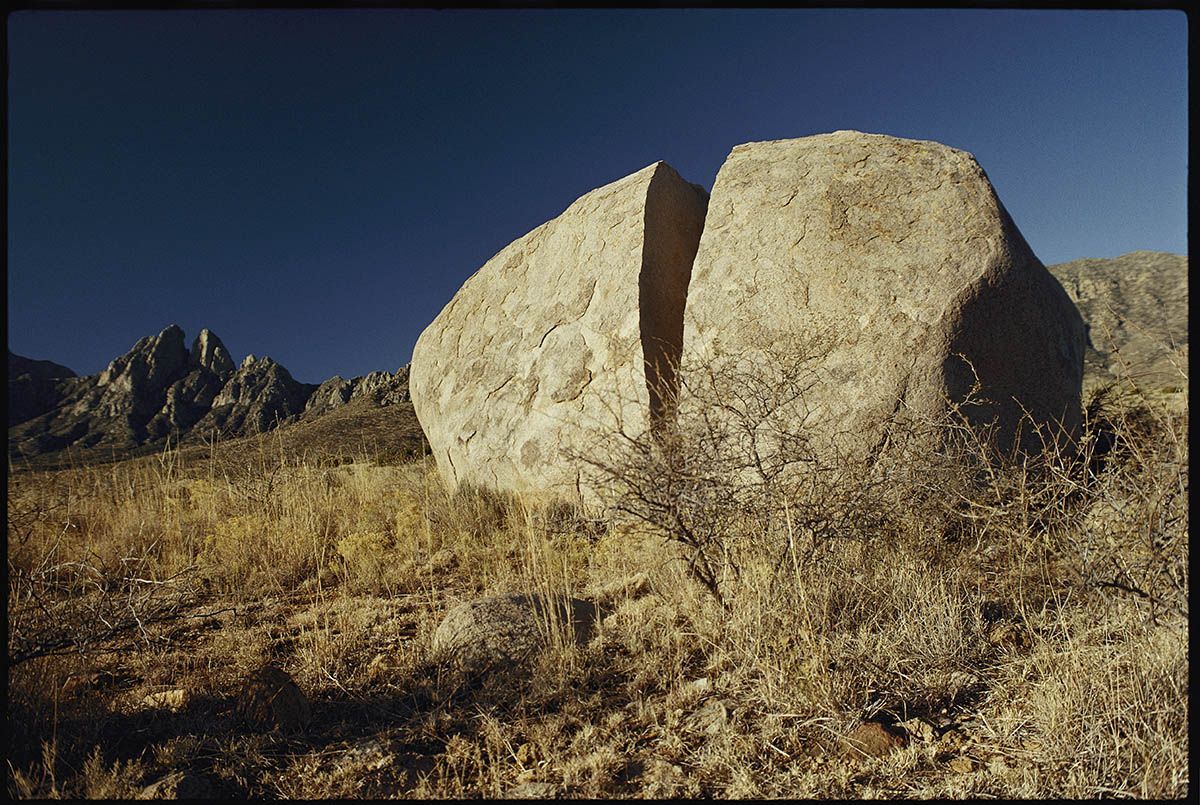
Weathering.
Remember: Weathering is when rocks are broken down into sediment or smaller pieces because of rain, waves, heat, wind, and ice.
List one physical adaption and how it helps it survive for the animal in the picture below.

Possible answers:
Camouflage to hide from predators
Flexible body to fit in small places
8 Tentacles with suction cups to hold prey
What type of circuit is depicted below?
Series circuit
Remember:
A series circuit has only one path of electricity. If the path is broken (ex: light bulb breaks) then the entire circuit is open or off.
A boy drops a watermelon and a baseball from the top of a building from the same height, at the same time.
Which will hit the ground first?
What force caused the watermelon and baseball to fall towards the ground?
They will hit the ground at the same time.
Gravity caused the watermelon and baseball to fall towards the ground.
Remember:
EVERYTHING has gravity (pull toward and object)! The larger you are, the more gravity you have. Earth is much larger than us. That is why we are pulled toward the center of the earth. Our weight is the measurement of earth's gravity.
 List 3 observations and 1 inference.
List 3 observations and 1 inference.
Up to the teacher. Answers may vary.
How were the Hawaiian islands formed?
The Hawaiian hot spot.
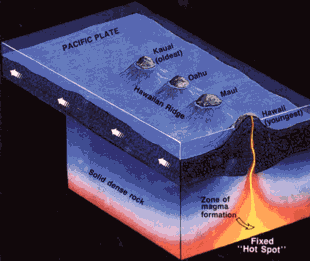
Remember:
The pacific plates is moving about 7 inches per year. As the Pacific Plate slowly moves, islands pop up in a chain. (The Hawaiian Archipelago)
Identify one physical and one behavioral adaptation that helps this animal survive. 
Answers may vary.
Possible answers:
Behavioral: Nocturnal, hibernation
Physical: Great eye sight, sharp claws to hold onto prey, can fly quickly
What type of circuit is depicted below?
Parallel Circuit
Remember:
In a parallel circuit, each load (light bulb) has its own path of electricity. Therefore, if one light bulb breaks, the others will still be lit.
How does a turbine and generator work?

First, something spins the turbine (wind, water, steam). Second the turbine spins/turns the generator which produces electricity.
Identify the independent variable, dependent variable, and control within this experiment. 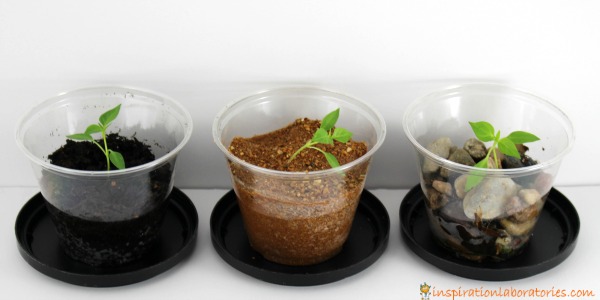
Independent variable: Different types of soil
-The one thing you are changing throughout your experiment. This is the thing you are testing from your wondering/question.
Dependent variable: Plant growth
-What you are measuring (data).
Control: Same plant, same cup size, same liquid
All the things that you are keeping the same to make your experiment fair.
Explain the 3 step process in the 3 pictures below.

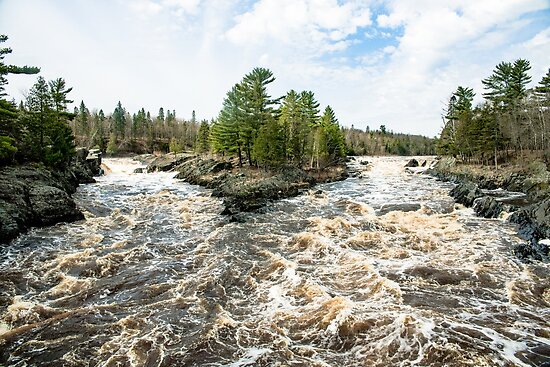
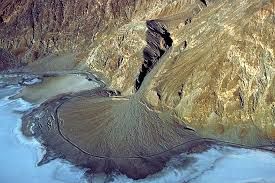
Step 1: Weathering
-Rocks are broken down into sediment.
Step 2: Erosion
-Sediment is carried from one place to another.
Step 3: Deposition
-Sediment is dropped off and no longer moving. (river deltas are a major example)
What type of animal was this? Herbivore, Carnivore, or Omnivore?
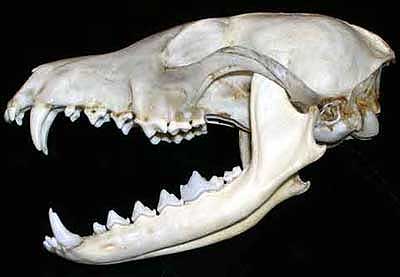
Carnivore
Remember:
There are 3 types of teeth. Incisors (cutters), molars (flat teeth for chewing), and canines (sharp teeth for holding onto prey). Depending what type of teeth the animal has, will tell you if the animal is a carnivore, omnivore, or herbivore.
Herbivore (Rabit)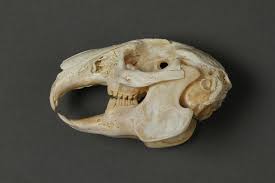
Omnivore (monkey)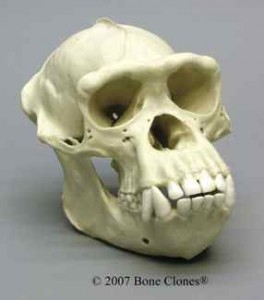
What would happen to the circuit if I added another light bulb?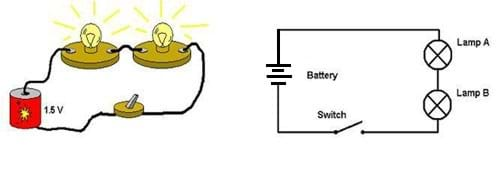
The light bulbs would become dimmer.
List the type of energy in the pictures below.
1. 
2.  3.
3. 
4. 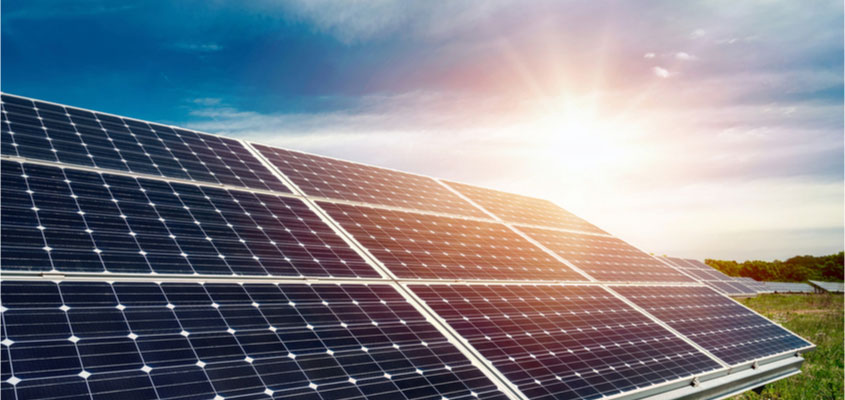
1. Geothermal energy: Using earth's heat (volcano) to create steam that will turn a turbine.
2. Wind Power: Using wind to turn a turbine.
3. Hydroelectric power: Using water to turn a turbine.
4. Solar power: Turning sunlight into electricity.